
Filter News
Area of Research
- Advanced Manufacturing (9)
- Biological Systems (1)
- Biology and Environment (37)
- Building Technologies (1)
- Clean Energy (119)
- Climate and Environmental Systems (2)
- Computational Biology (1)
- Computational Engineering (2)
- Computer Science (4)
- Electricity and Smart Grid (1)
- Fossil Energy (1)
- Fusion and Fission (15)
- Fusion Energy (1)
- Isotopes (13)
- Materials (59)
- Materials for Computing (18)
- Mathematics (1)
- National Security (9)
- Neutron Science (32)
- Nuclear Science and Technology (8)
- Quantum information Science (3)
- Renewable Energy (2)
- Sensors and Controls (1)
- Supercomputing (43)
- Transportation Systems (2)
News Type
Date
News Topics
- 3-D Printing/Advanced Manufacturing (38)
- Advanced Reactors (5)
- Artificial Intelligence (29)
- Big Data (13)
- Bioenergy (24)
- Biology (34)
- Biomedical (15)
- Biotechnology (10)
- Buildings (26)
- Chemical Sciences (19)
- Clean Water (11)
- Climate Change (30)
- Composites (10)
- Computer Science (50)
- Coronavirus (10)
- Critical Materials (10)
- Cybersecurity (5)
- Decarbonization (27)
- Education (1)
- Emergency (1)
- Energy Storage (30)
- Environment (60)
- Exascale Computing (8)
- Fossil Energy (2)
- Frontier (10)
- Fusion (13)
- Grid (17)
- High-Performance Computing (32)
- Isotopes (23)
- ITER (5)
- Machine Learning (9)
- Materials (45)
- Materials Science (35)
- Mathematics (3)
- Mercury (5)
- Microelectronics (1)
- Microscopy (12)
- Nanotechnology (12)
- National Security (21)
- Net Zero (6)
- Neutron Science (28)
- Nuclear Energy (14)
- Partnerships (11)
- Physics (7)
- Polymers (10)
- Quantum Computing (15)
- Quantum Science (24)
- Security (5)
- Simulation (12)
- Space Exploration (7)
- Statistics (3)
- Summit (13)
- Sustainable Energy (51)
- Transportation (33)
Media Contacts


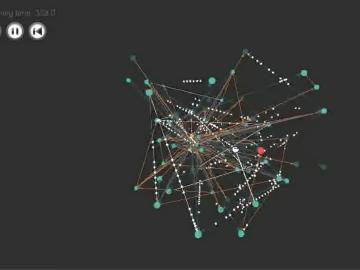
Oak Ridge National Laboratory will play host this summer to researchers whose goal is to design computers that combine the best of human and machine.


Ensuring a reliable supply of rare earth elements, including four key lanthanides and yttrium, is a major goal of the Critical Materials Institute (https://cmi.ameslab.gov) as these elements are essential to many clean-energy technologies. These include energy-efficient lighting, ...
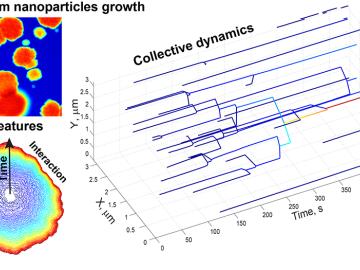
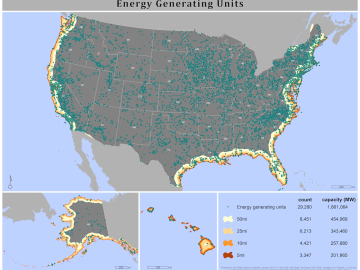
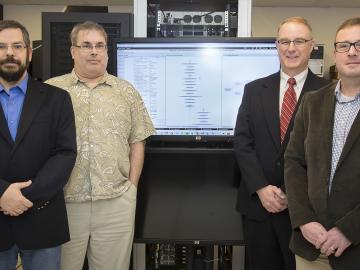
The commercial licensing of a cyber security technology developed at the Department of Energy's Oak Ridge National Laboratory has been recognized by the Federal Laboratory Consortium for Technology Transfer (FLC) as a top example of moving technology

Since lasers were first produced in the early 1960s, researchers have worked to apply laser technology from welding metal to surgeries, with laser technology advancing quickly through the last 50 years. Surgery, chemotherapy, and radiation therapy all play important roles...
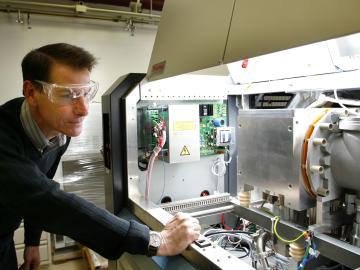
A group of nuclear detectives at the Department of Energy’s Oak Ridge National Laboratory takes on tough challenges, from detecting illicit uranium using isotopic “fingerprints” to investigating Presidential assassination conspiracies.


